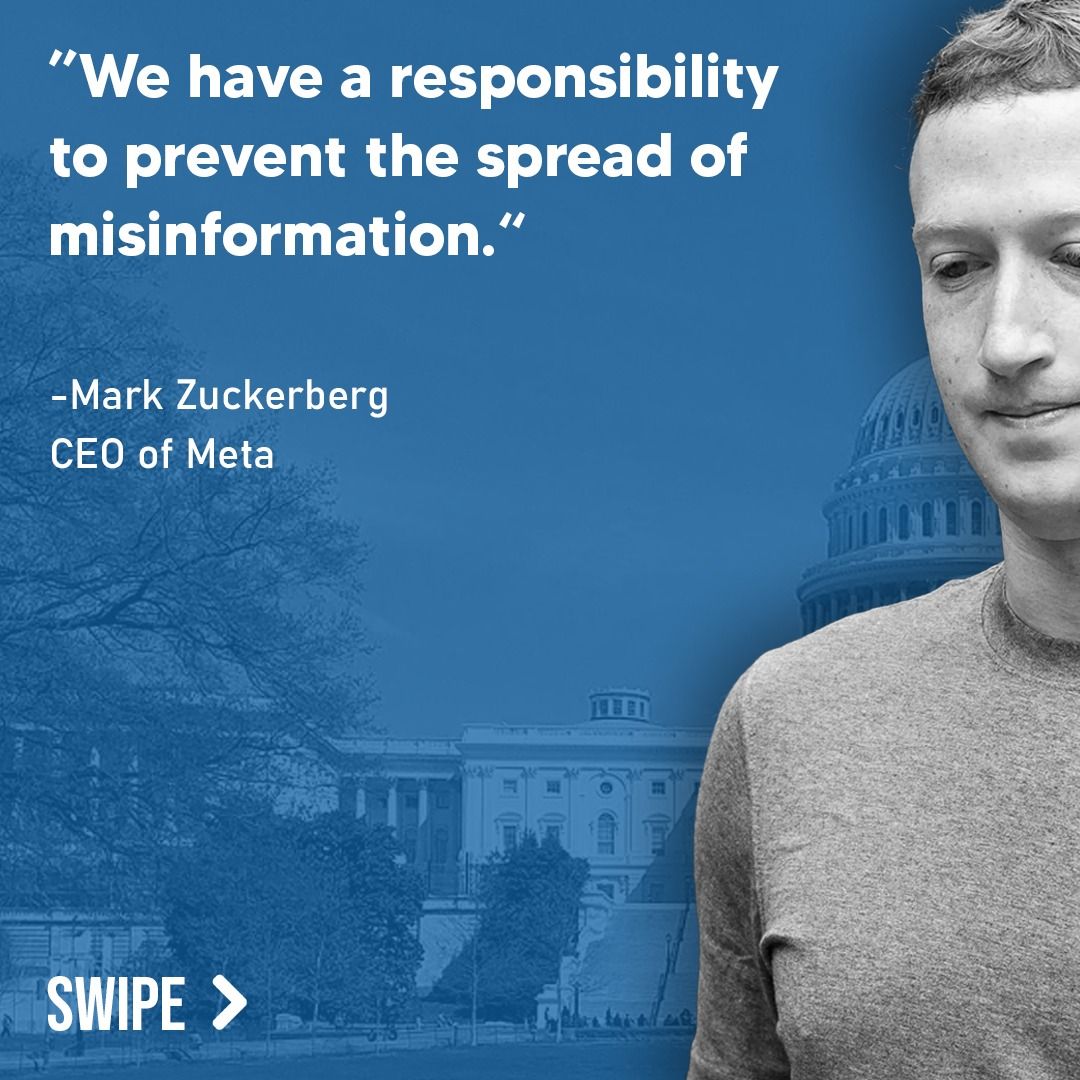“`html

Fact-Check Analysis: Biden Tightens Cybersecurity Rules, Forcing Trump to Make a Choice
This fact check analysis was requested by one of our subscribers. Have a questionable article you’d like us to investigate? Submit your request for free, and we’ll fact check it for you!
The New York Times article titled “Biden Tightens Cybersecurity Rules, Forcing Trump to Make a Choice” by David E. Sanger explores President Biden’s executive order on cybersecurity while framing impending conflicts with the incoming Trump administration. While the topic is highly relevant given the continual escalation of cyberthreats targeting the United States, several assertions in the article warrant closer scrutiny due to misinformation, lack of context, and potential biases.
Claim 1: “President Biden issued an executive order… requiring software companies to include ironclad security features that can thwart Chinese intelligence agencies, Russian ransomware gangs, North Korean cryptocurrency thieves, and Iranian spies.”
While the premise of this claim aligns with Biden’s executive order to bolster cybersecurity for federal contractors, the article exaggerates the guaranteed effectiveness of these measures. The use of the term “ironclad” inaccurately suggests that the mandated security features render systems impervious to foreign actors. No cybersecurity measures are entirely invulnerable, and this framing risks misleading readers into overestimating the impact of the executive order. Veteran cybersecurity experts consistently emphasize that no system is 100% immune to sophisticated threats, particularly from state-sponsored actors who continually adapt their techniques.
Claim 2: “It is unclear whether the Trump administration… will keep the overhauled cybersecurity rules.”
The article fails to provide adequate context for this speculation. While it is true that the Trump administration has historically been favored for deregulation policies, cybersecurity has, at times, been treated as a bipartisan issue. For example, during Trump’s first term in office, Executive Order 13800 was signed, emphasizing cybersecurity on a federal level. Without clear evidence or statements from Trump’s team about their position on cybersecurity regulations post-transition, this claim appears speculative and potentially biased. Readers may interpret this as part of a broader narrative that presumes Republican administrations uniformly roll back all forms of regulation without exception.

Claim 3: “In the past two years, there have been repeated, successful Chinese breaches of the utility grid, the nation’s pipelines, the telecommunications system, and, in recent weeks, the Treasury Department.”
While it is well-documented that Chinese hackers have been involved in numerous cyber intrusions targeting the United States, the article lacks citations or official confirmation regarding these specific breaches. Furthermore, previous publicly reported breaches of utilities and pipelines are often attributed to Russian, not Chinese, actors. The Treasury Department attack, allegedly linked to Chinese operatives, is still under investigation. Assertions of this kind blur the lines between established facts and conjecture, which may lead to reader confusion about attribution realities in cyber warfare.
Claim 4: “Mr. Biden’s list of new regulations and orders lengthens… as his administration is on a furious campaign to lock [Trump’s administration] into its policies and mandates.”
While the outgoing administration may issue a flurry of executive orders at the end of its term, this statement leans heavily into framing bias. The word choice—“furious campaign” and “lock them in”—betrays an editorialized tone that suggests partisanship. It would have been more balanced to state historical context: last-minute executive orders are not unique to one political party and have been employed by multiple administrations, both Democratic and Republican.

Reader Question: Are these cybersecurity requirements likely to survive or be reversed after Biden leaves office?
The article speculates on but does not substantiate whether Biden’s cybersecurity rules will endure. Historically, policy reversals depend on multiple factors, including whether the new administration sees value in continuing the initiatives, public sentiment, or national security demands. Given the bipartisan awareness of worsening cyberthreats, there’s reasonable expectation that some of these rules may be modified but not completely repealed, especially considering the critical infrastructure at stake.

Conclusion
The New York Times article under review contains elements of factual reporting but falls short in objectivity and clarity in some areas. Claims about the impenetrability of cybersecurity measures, speculative assumptions about Trump’s deregulation tendencies, and ambiguous attributions for past cyberattacks exemplify instances of misinformation or lack of context. While it is a commendable effort to explore the potential clash in cybersecurity policy continuity under different administrations, its delivery demonstrates a need for greater accuracy and neutrality, hallmarks DBUNK strives to ensure across the news media landscape.
To stay informed, eliminate misinformation, and simplify your research, download the DBUNK app today!
“`

